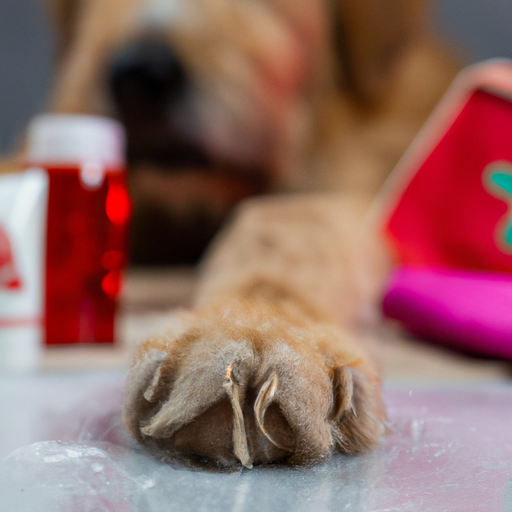As someone who takes care of a pet, you know that their health and happiness is one of your top priorities. But, what happens when your furry friend experiences something as painful as a burned paw pad? This guide will provide you with all the necessary information you need to help your pet recover and avoid such incidents in the future.
Recognizing the Signs of Burned Paw Pads
It’s crucial to be able to identify when your pet might be suffering from burned paw pads. Here are some signs to look out for:
- Limping or reluctance to walk
- Red or darkened paw pads
- Blisters or raw skin
- Whining or other signs of distress
Causes of Burned Paw Pads
Some common causes of burned paw pads include:
- Hot pavements or sand
- Chemicals like road salts or cleaning products
- Heated car engines
- Open fires or hot stove tops
How to Prevent Burned Paw Pads
Prevention is always better than cure. Here’s how you can protect your pet:
- Avoid hot surfaces: During summer, avoid taking your pet out during the peak hours of the day.
- Use paw protection: Products like dog boots or paw wax can provide a layer of protection.
- Rinse after walks: A quick rinse can help wash off any harmful chemicals.
Immediate Care for Burned Paw Pads
If you suspect your pet has burned their paw pads, follow these immediate care steps:
- Remove your pet from the heat source
- Cool the affected area with room temperature water
- Do not use ice or very cold water as it can cause further damage
- Seek veterinary care immediately
Long-Term Care for Burned Paw Pads
Long-term care will vary depending on the severity of the burn. Some possible treatments include:
- Pain medication
- Antibiotics
- Bandages or wraps
- Regular cleaning and monitoring of the burn
The Recovery Process
Recovery can take anywhere from a few days to several weeks. During this time, it’s important to:
- Keep the area clean
- Limit physical activity
- Monitor for signs of infection
When to Seek Professional Help
If your pet exhibits any of the following, it’s time to seek professional help:
- Severe pain
- Unresponsiveness or lethargy
- Signs of infection (swelling, pus, foul odor)
FAQs
Q: Can I use human medication on my pet’s burned paw pads?
A: No, some human medications can be harmful to pets. Always consult with a vet before administering any medication.
Q: How can I tell if the burn is serious?
A: If your pet is in severe pain, the paw pad is severely discolored or there are blisters, seek veterinary help immediately.
Q: Can I use ice to cool down my pet’s burned paw?
A: No, ice or extremely cold water can cause further damage. Use room temperature water instead.
Remember, as a caregiver, the best thing you can do for your pet is to prevent burns from happening in the first place. But, if an accident does occur, now you have the knowledge to act swiftly and properly.



